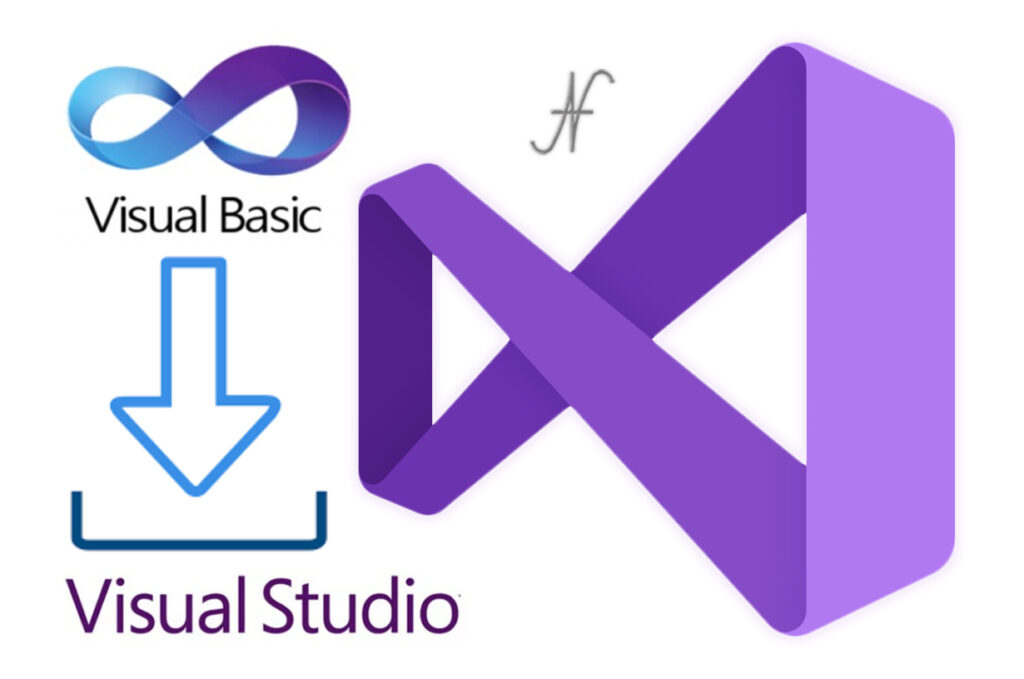
Free eBooks for Beginners
Visual Basic .NET (VB.NET) is a programming language that is used to create software for Windows operating systems. It is a modern version of the original Visual Basic programming language and is part of the .NET framework.
One of the advanced features in VB.NET is the concept of “generics.” Generics allow you to create classes and methods that can work with multiple types of data. This is useful when you want to write code that can work with different types of data, such as a list that can store different types of objects.
When you create a class or method that uses generics, you use a placeholder called a “type parameter” in place of a specific data type. For example, you might create a class called “List” that uses a type parameter, like this:
Class List(Of T)
The “T” in this example is a type parameter. It represents any type of data that will be used with the class. When you create an object of this class, you specify the type of data that it should work with. For example, you might create a list of integers like this:
Dim myList As New List(Of Integer)
In this example, the “Integer” is the type that is specified for the type parameter “T.” The “myList” object can now be used to store a list of integers. You can also use the same class to create a list of any other type, such as strings or custom classes.
When you use generics, the code you write inside the class or method can work with any type specified for the type parameter. For example, you might write a method that adds an item to the list, like this:
Sub Add(item As T) ‘ code to add the item to the list End Sub
In this example, the “item” parameter is of the same type as the type parameter “T.” This means that the method can work with any type of data that is specified when the object is created.
Generics can also be used with methods. For example, you might create a method that finds the maximum value in a list, like this:
Function Max(Of T)(list As List(Of T)) As T ‘ code to find the maximum value in the list End Function
In this example, the “Max” method uses a type parameter “T” and takes a list of that type as a parameter. The method returns a value of the same type as the type parameter.
In summary, generics are a powerful feature in VB.NET that allow you to create classes and methods that can work with multiple types of data. By using type parameters, you can write code that is flexible and can be reused for different types of data. Understanding how to work with generics is an essential part of programming with VB.NET, as it allows you to write more efficient, generic and flexible code.
Cookbook – VisualBasic.NET for Beginners – Chapter 24 : Generics
 Loading...
Loading...
Disclaimer: The information and code presented within this recipe/tutorial is only for educational and coaching purposes for beginners and developers. Anyone can practice and apply the recipe/tutorial presented here, but the reader is taking full responsibility for his/her actions. The author (content curator) of this recipe (code / program) has made every effort to ensure the accuracy of the information was correct at time of publication. The author (content curator) does not assume and hereby disclaims any liability to any party for any loss, damage, or disruption caused by errors or omissions, whether such errors or omissions result from accident, negligence, or any other cause. The information presented here could also be found in public knowledge domains.
Learn by Coding: v-Tutorials on Applied Machine Learning and Data Science for Beginners